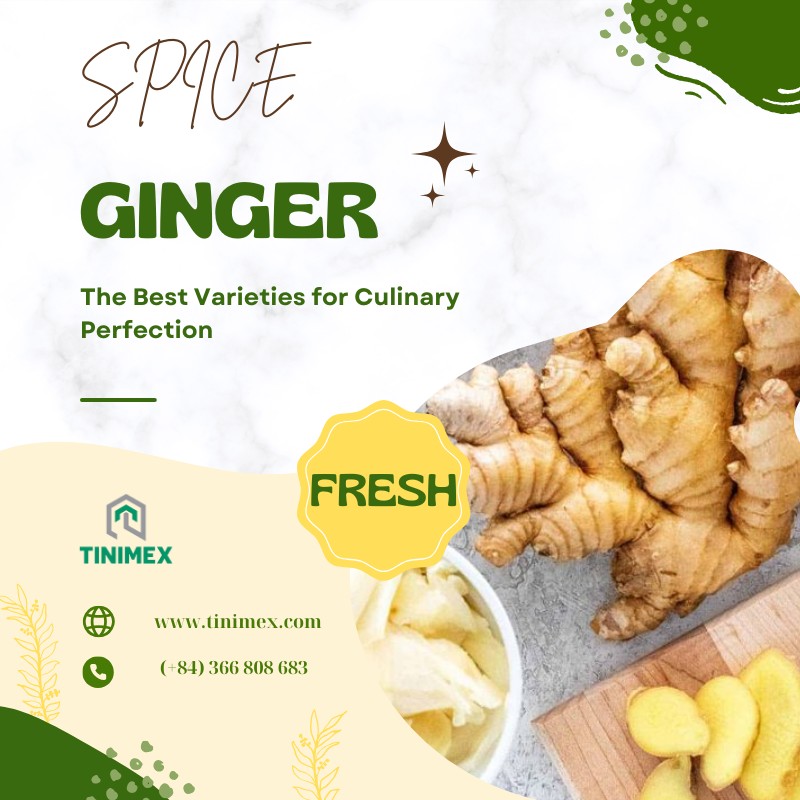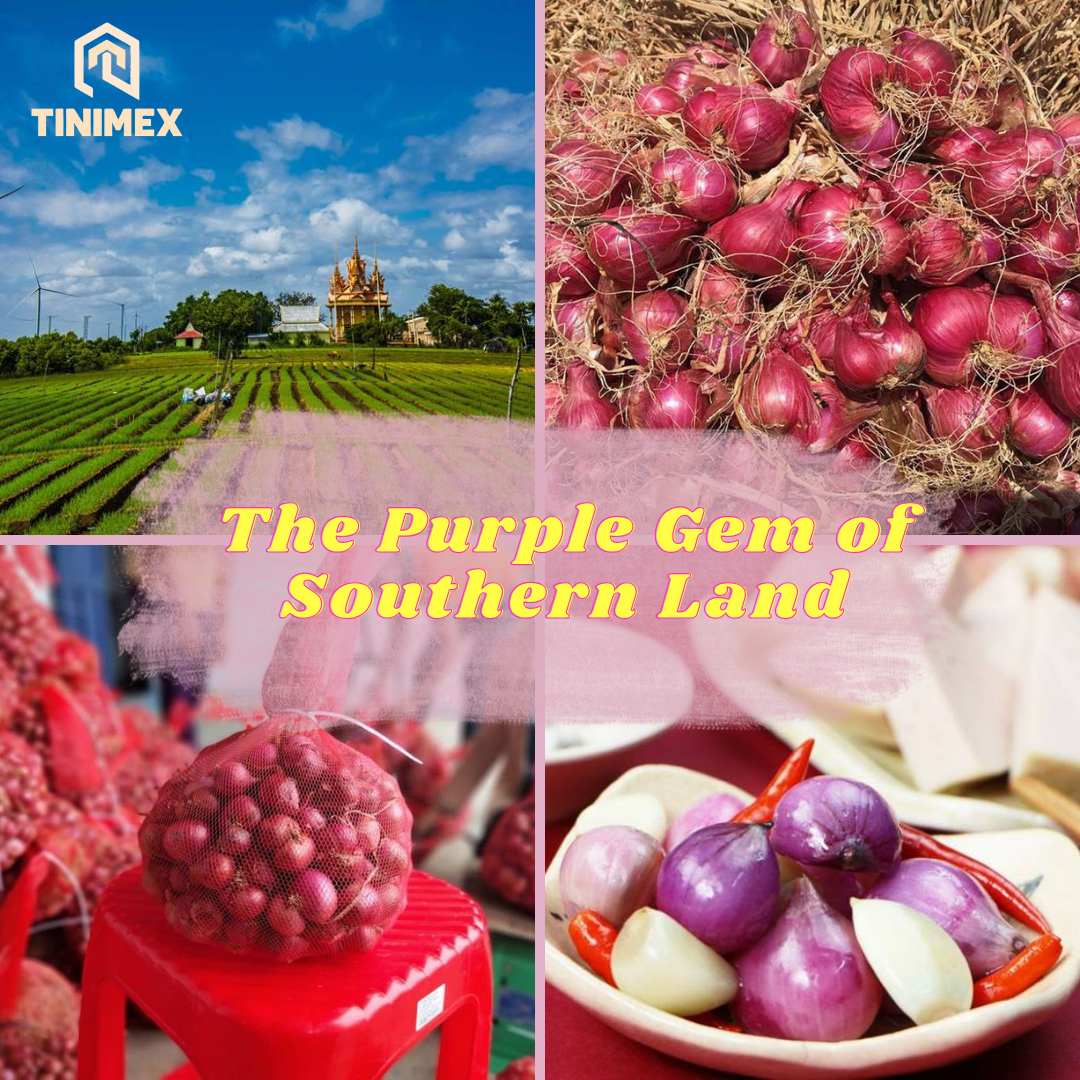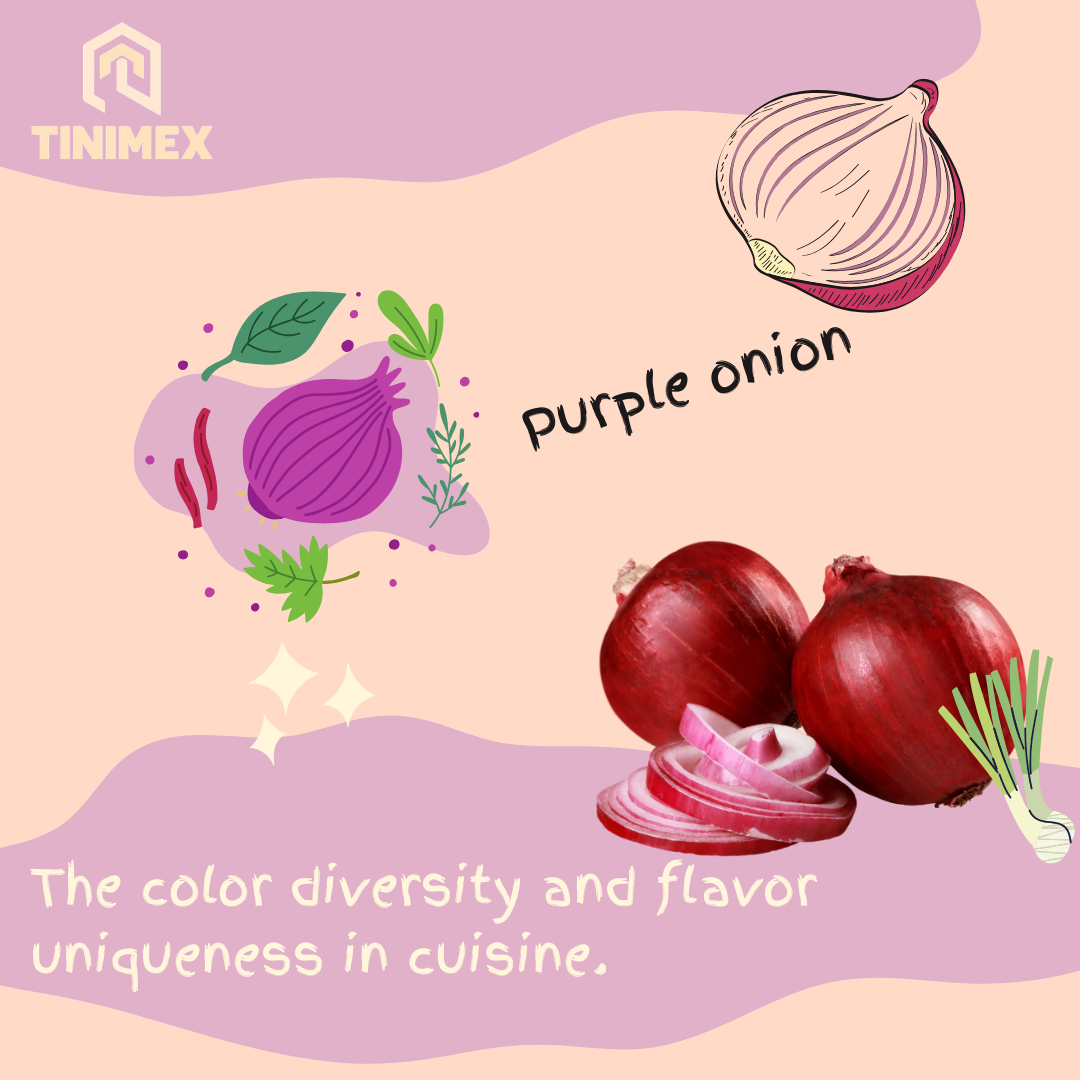Spicing It Up: The Best Ginger Varieties for Culinary Perfection
Spicing It Up: The Best Ginger Varieties for Culinary Perfection
Not all ginger is created equal. Enter the world of ginger varieties, where flavors, aromas, and culinary possibilities abound. From the mild and subtly sweet to the bold and pungent, we explore the characteristics of the best ginger varieties for culinary perfection. Whether you’re a seasoned chef or an adventurous home cook, this guide will help you select the ideal ginger for your next culinary masterpiece. Spice up your kitchen with the knowledge of ginger varieties that go beyond the ordinary.

1. Common Ginger (Zingiber officinale):
- Flavor Profile: Earthy, pungent, and slightly sweet.
- Best Uses: Common ginger is your everyday go-to for a wide range of culinary applications. It adds depth to both sweet and savory dishes, making it a kitchen essential.
2. Baby Ginger:
- Flavor Profile: Mild, tender, and less fibrous than common ginger.
- Best Uses: Ideal for raw applications like salads and garnishes due to its mildness. It’s also perfect for pickling and creating ginger-infused beverages.
3. Yellow Ginger (Turmeric):
- Flavor Profile: Warm, slightly bitter, and peppery.
- Best Uses: Known for its golden hue, yellow ginger is a key ingredient in curries, soups, and spice blends. Its earthy notes complement both sweet and savory dishes.
4. White Ginger (Zingiber zerumbet):
- Flavor Profile: Subtle, floral, and less pungent than common ginger.
- Best Uses: Often used in Southeast Asian cuisine, white ginger is excellent for light dishes, desserts, and beverages where a milder ginger flavor is desired.
5. Galangal (Alpinia galanga):
- Flavor Profile: Citrusy, piney, and peppery with a mild heat.
- Best Uses: A staple in Thai and Indonesian cuisine, galangal is perfect for savory dishes, especially soups, curries, and marinades.
6. Hawaiian Ginger (Alpinia purpurata):
- Flavor Profile: Mild and sweet with a hint of floral notes.
- Best Uses: Often used for decorative purposes due to its vibrant colors, Hawaiian ginger is edible and can be incorporated into salads, desserts, and tropical dishes.
7. Japanese Ginger (Myoga):
Flavor Profile: Mild, crunchy, and slightly tangy.
Best Uses: Typically eaten raw, myoga is perfect for salads, pickles, and garnishes. Its unique flavor adds a refreshing twist to dishes.
Choosing the Right Ginger for Your Dish:
– For Spicy Dishes: Opt for common ginger or galangal for a robust kick.
– In Desserts: White ginger or baby ginger’s mild sweetness complements sweet treats.
– Curries and Savory Dishes: Yellow ginger (turmeric) adds both flavor and vibrant color.
– Raw Preparations: Baby ginger and Japanese ginger (myoga) work wonders in salads and sushi.
– Decorative and Edible: Hawaiian ginger stands out with its striking appearance and mild taste.
Tips for Selecting and Storing Ginger:
– Choose ginger with smooth, taut skin and a strong aroma.
– Store unpeeled ginger in the refrigerator, and it can last for several weeks.
– Freeze peeled ginger for longer storage, making it easier to grate when needed.

Navigating the diverse world of ginger varieties unlocks a realm of culinary possibilities. Each ginger type contributes a unique note to the flavor symphony, allowing cooks to tailor dishes precisely to their taste preferences. Understanding the nuances of different ginger varieties opens up a world of culinary possibilities. Whether seeking a bold kick or a subtle undertone, experimenting with these varieties turns every meal into a personalized gastronomic adventure. As you explore the nuanced profiles of different gingers, may your culinary creations be enriched, and your appreciation for this humble yet extraordinary spice deepen. From common ginger’s robust kick to myoga’s refreshing crunch, each variety brings its own charm to the kitchen. Spice up your kitchen, and let the diverse ginger varieties be your guide to culinary perfection.
Buy product: https://tinimex.com/san-pham/fresh-ginger-washed/




